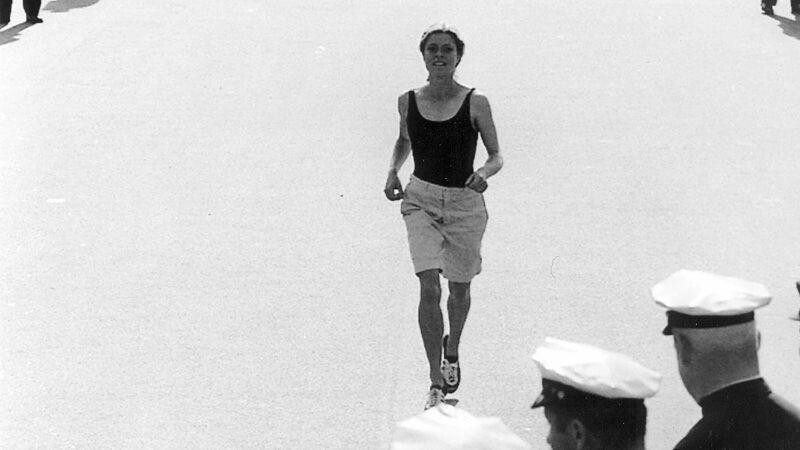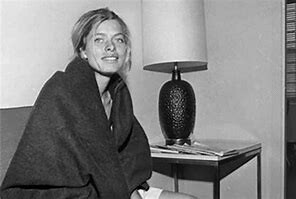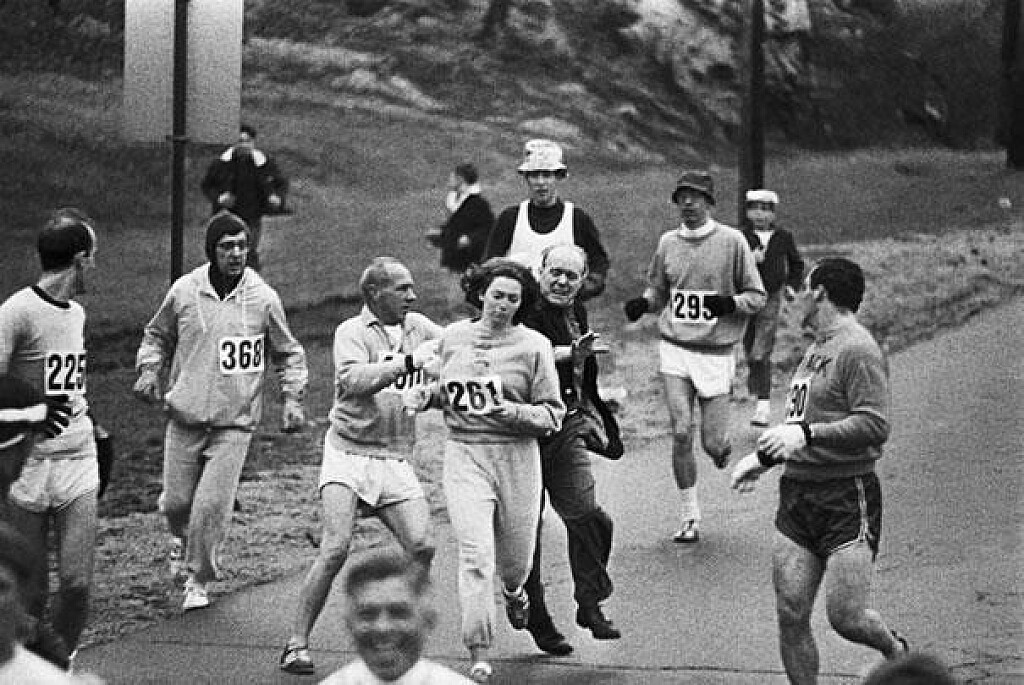Running News Daily
Running News Daily is edited by Bob Anderson in Los Altos California USA and team in Thika Kenya, La Piedad Mexico, Bend Oregon, Chandler Arizona and Monforte da Beira Portugal. Send your news items to bob@mybestruns.com Advertising opportunities available. Train the Kenyan Way at KATA Kenya. (Kenyan Athletics Training Academy) in Thika Kenya. KATA Portugal at Anderson Manor Retreat in central portugal. Learn more about Bob Anderson, MBR publisher and KATA director/owner, take a look at A Long Run the movie covering Bob's 50 race challenge.
Index to Daily Posts · Sign Up For Updates · Run The World Feed
1967 Flash Back - It is hard to believe this happened just 55 years ago and since then there has been 212,054 women Boston Marathon finishers
Kathrine Switzer wasn’t going to be stopped. As the daughter of a major in the United States, failure was never an option. While studying at Syracuse University, a coach once told her that a “fragile woman” could never run in the Boston Marathon.
This only encouraged her further. Undeterred, she trained in secret and entered the race in 1967.
Rather than simply letting her run, officials reacted negatively and even tried to pull her from the race. Fortunately, Kathrine Switzer was running alongside her boyfriend, who helped fend off those around her. She finished the competition in just over four hours

Since then (up to the 2019 event) there has been 212,054 women finishers out of 252,209 entries.
Actually the year before Bobbie Gibb (photo 2-3) had finished the Boston Marathon without the public attention Switzer got in 1967.

Before 1966, the longest Amateur Athletic Union (AAU)-sanctioned race for women was one and a half miles. Until 1972, when the first women's division marathon opened, the Boston Marathon was an AAU men's division race. Under the AAU rules, women are not qualified to run in men's division races.
Gibb trained for two years to run the Boston Marathon, covering as much as 40 miles in one day. On writing for an application in February 1966, she received a letter from the race director, Will Cloney, informing her that women were not physiologically capable of running marathon distances and that under the rules that governed amateur sports set out by the AAU, women were not allowed to run more than a mile and a half competitively.
She realized that it was more important than ever to run and that her run would have a social significance far beyond just her own personal challenge.
After three nights and four days on a bus from San Diego, California, Gibb arrived the day before the race at her parents' house in Winchester, Massachusetts. On the morning of Patriots' Day, April 19, 1966, her mother dropped her off at the start in Hopkinton.
Wearing her brother's Bermuda shorts and a blue hooded sweatshirt over a black, tanked-top swim suit, she hid in the bushes near the starting pen. After the starting gun fired, she waited until about half the pack had started and then jumped into the race.
(04/13/2022) Views: 1,110 ⚡AMP



